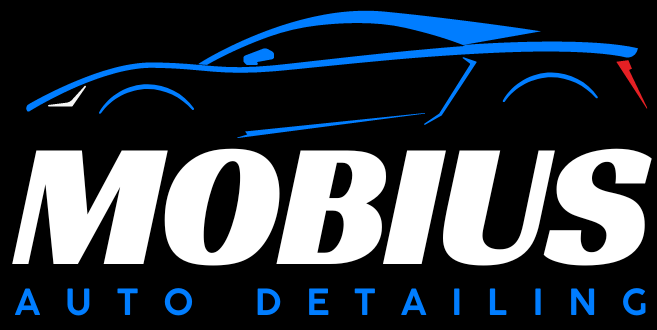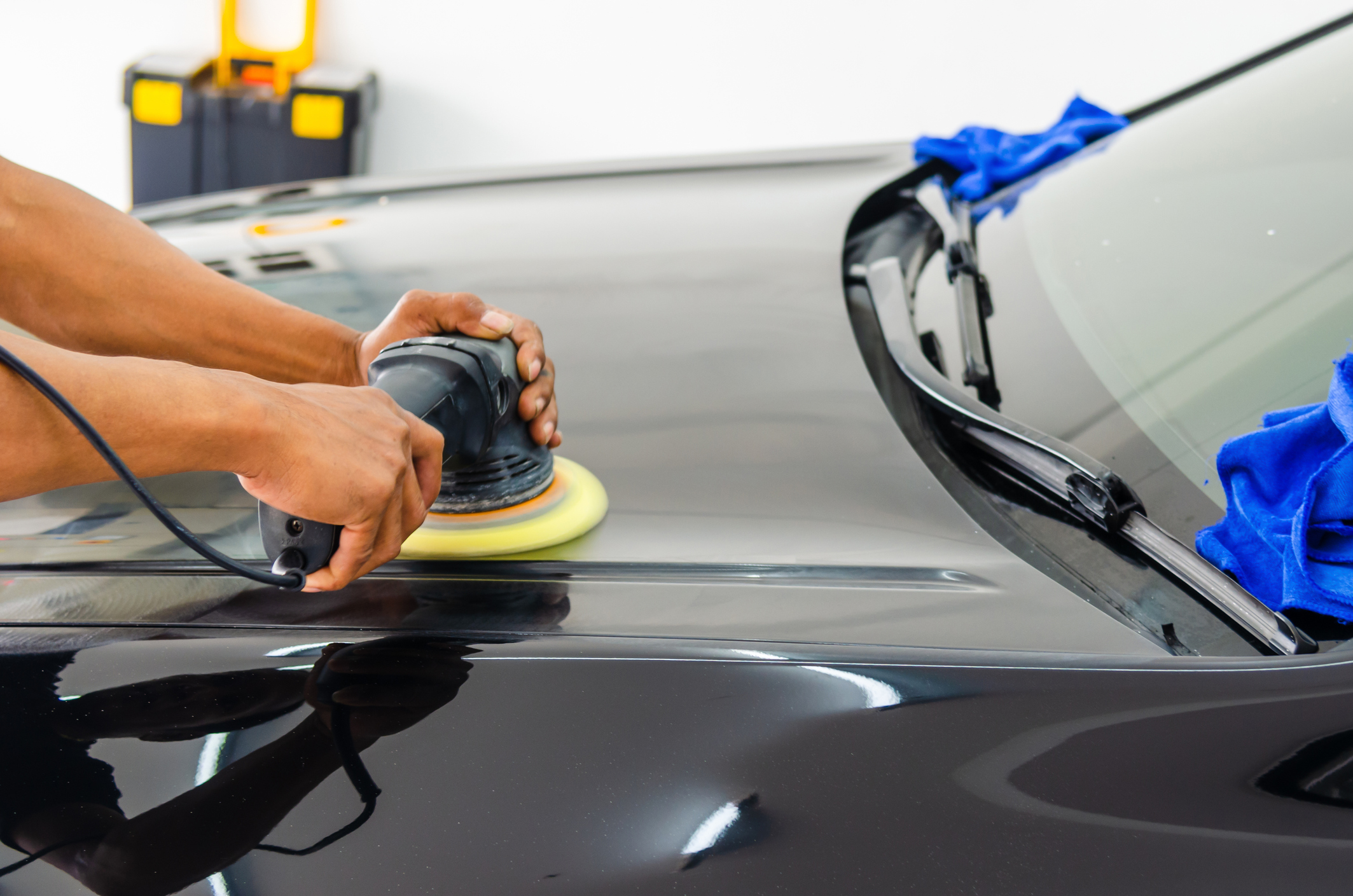In the quest for a flawless finish, automotive enthusiasts often turn to paint enhancement as a solution to address swirls and scratches. However, it’s crucial to understand that the pursuit of perfection in detailing has its limits. In this blog post, we unravel the realities behind paint enhancement and why achieving a pristine, 100% swirl and scratch-free surface is a challenge.
**1. Understanding the Nature of Imperfections:
Microscopic Challenges: Swirls and scratches, often visible to the naked eye, are often microscopic in nature. They can be as fine as a fraction of a hair’s width. The challenge lies in addressing imperfections that exist at such a minute scale.
Varied Depths: Swirls and scratches aren’t uniform in their depth. Some may be surface-level, while others can extend into the clear coat or even deeper into the paint layers. The varied depths present challenges in achieving complete removal without compromising the integrity of the paint.
**2. Paint Thickness Considerations:
Delicate Balance: Automotive paints are layered, with a clear coat serving as the protective outer layer. Paint enhancement involves carefully polishing this clear coat to reduce or eliminate imperfections. However, this process must strike a delicate balance to avoid removing too much of the clear coat, which could compromise the long-term durability of the paint.
Finite Removal: While paint enhancement can address surface-level imperfections, it has limitations when it comes to deeper scratches. Attempting to remove deep scratches entirely could entail aggressive polishing, which risks thinning the clear coat and jeopardizing the paint’s resilience against environmental elements.
**3. Limitations of Polishing Techniques:
Abrasive Realities: Polishing compounds used in paint enhancement have varying levels of abrasiveness. While more abrasive compounds can effectively address deeper imperfections, they also pose the risk of removing more clear coat. Less abrasive compounds, on the other hand, might not be potent enough to tackle deeper scratches.
Heat Generation: Polishing generates heat, and excessive heat can pose risks to the paint. Achieving a perfect finish without generating excessive heat, especially in localized areas, is a challenge.
**4. Surface Variations and Contours:
Complex Surfaces: Vehicles aren’t flat canvases; they feature intricate contours, curves, and varied surfaces. Achieving 100% perfection across these complex surfaces is inherently challenging. Some areas might be more accessible to polishing tools than others, introducing variations in the effectiveness of the process.
Sensitive Materials: Modern vehicles incorporate various materials beyond paint, such as plastic trims and delicate decals. These materials may respond differently to polishing, adding an additional layer of complexity to achieving universal perfection.
**5. Realistic Expectations:
Striving for Excellence: While paint enhancement is a powerful technique that can significantly improve the appearance of your vehicle, it’s essential to approach it with realistic expectations. Striving for excellence is commendable, but perfection in the realm of swirl and scratch removal is a nuanced journey with limitations.
Balancing Act: Detailing professionals engage in a delicate balancing act during paint enhancement, aiming to achieve the best possible results while preserving the long-term health of the paint. It’s a nuanced approach that acknowledges the inherent challenges in pursuing absolute perfection.
Conclusion:
Paint enhancement is a transformative process that can breathe new life into your vehicle’s appearance, reducing or eliminating many swirls and scratches. However, achieving an entirely flawless surface is a challenging task with limitations rooted in the nature of imperfections, paint thickness considerations, polishing techniques, and the complex surfaces of vehicles. Understanding these realities allows enthusiasts to approach paint enhancement with informed expectations, appreciating the remarkable improvements it can bring without expecting an unattainable standard of perfection.


